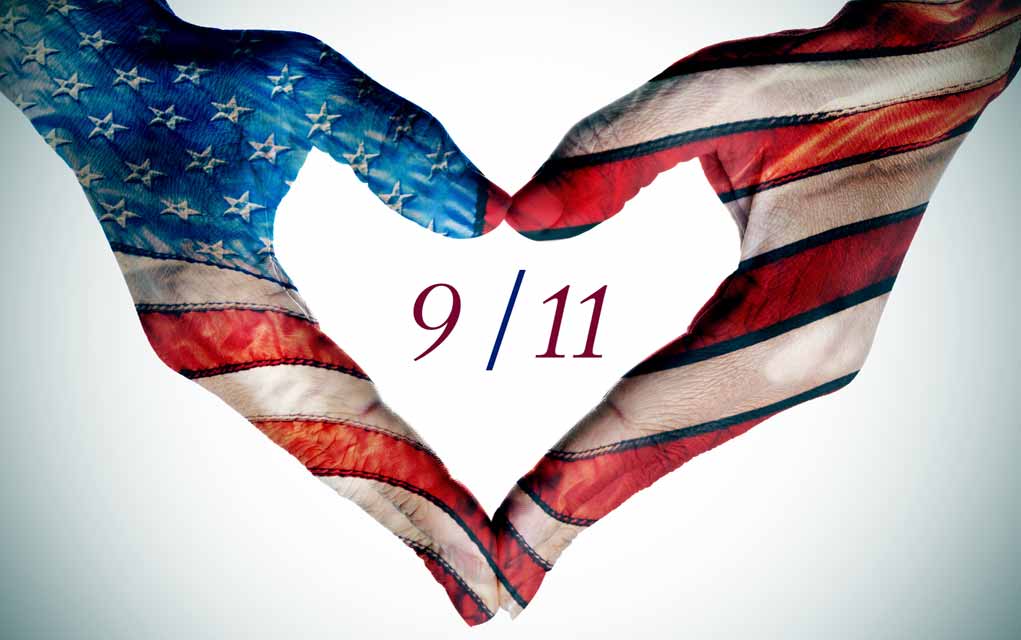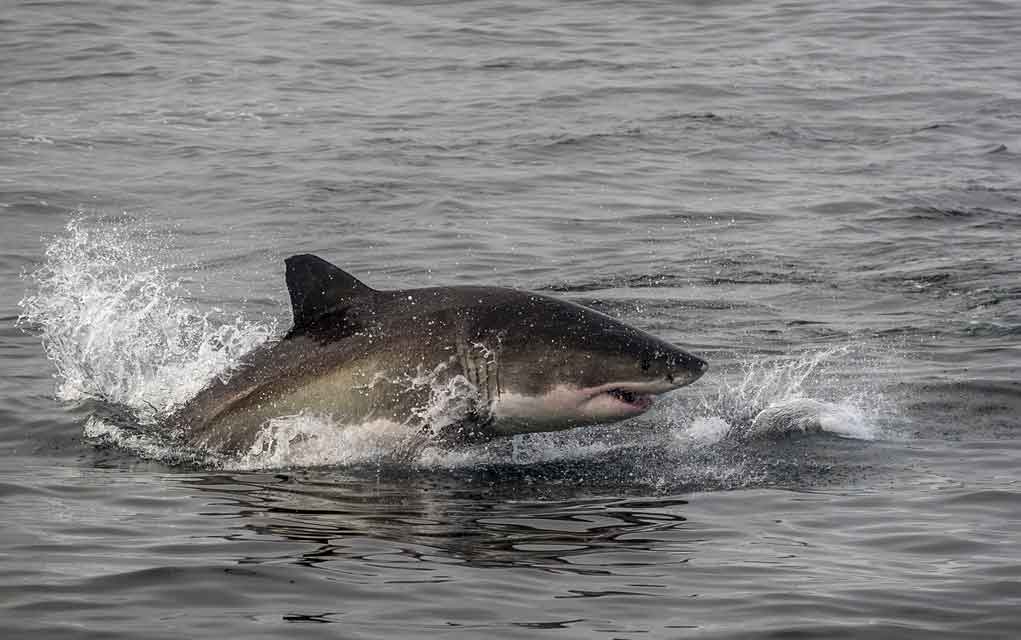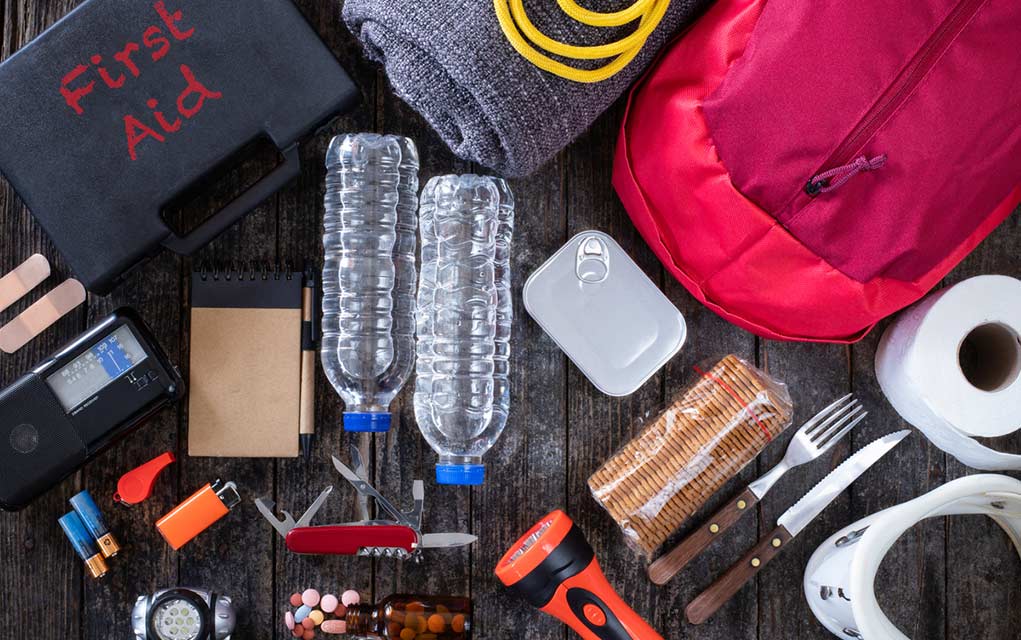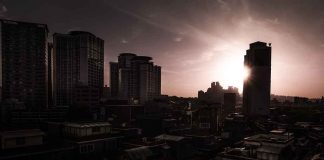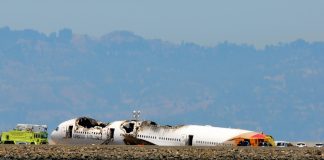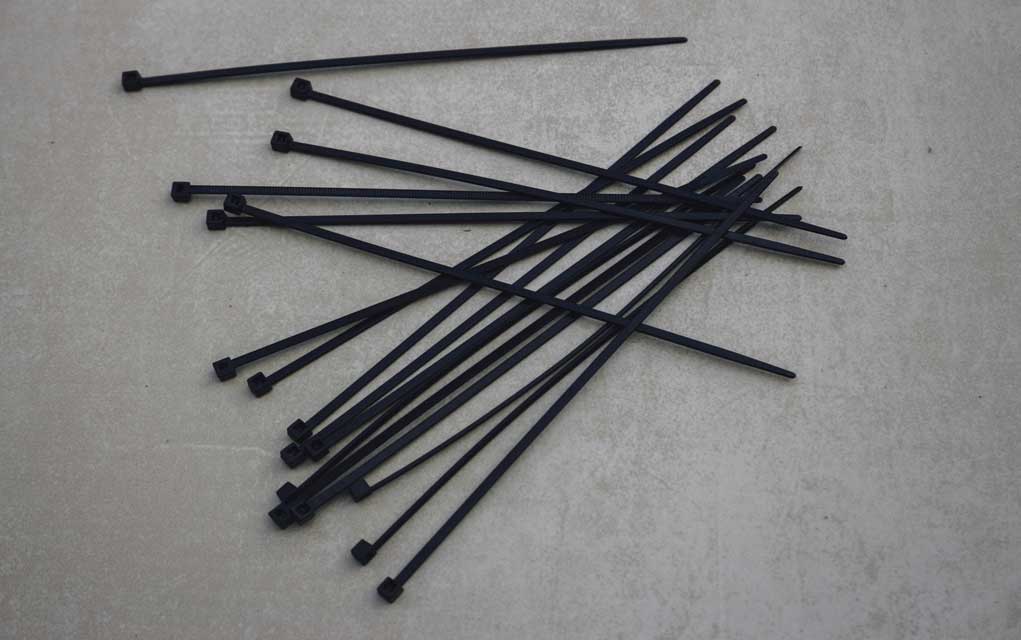(ModernSurvival.org) – September 11, 2001 will always be a day of remembering those who lost their lives in the worst terrorist attack in American history. We also honor the many brave men and women who have sacrificed so much to protect the many freedoms that we, as Americans, enjoy today.
In the aftermath of the attack, there was a detailed investigation called the 911 Report. That report outlined from start to finish, what lead to the killing of 2,997 Americans in 2001.
Here are 10 things that came out of that report:
We don’t know how the hijackers got into the cockpits of some of the planes
The comprehensive report of the commission created to investigate the attacks, which was published in 2004, said no one could determine how the hijackers were able to get into the cockpits of the four commercial airliners they hijacked.
Passengers and crew aboard the planes provided critical information
Those aboard the four hijacked flights — American 11, United 175, American 77 and United 93 — called family and friends from their cellphones or used the aircrafts’ radio communications to report the hijackings.
Light passenger loads made it easier for the hijackers to maneuver
American 11, bound from Boston to Los Angeles, had 81 passengers on board out of a possible 158, according to the 9/11 report and aircraft data.
United 175, which also left Boston for Los Angeles, had 56 passengers out of a possible 168. That was a “load factor” of 33%, considerably lower than the 49% average for that flight, a federal investigation showed.
American 77, headed to Los Angeles from Washington, had 58 passengers out of a capacity of 176, the 9/11 report and other reports said. United 93, bound from Newark, N.J., to San Francisco, had only 37 passengers for a 20% load factor, which was far below the normal 52%.
Missing hijacker made it easier for United 93 passengers to storm the cockpit
This is the only one of the four hijacked flights that did not strike its intended target, the U.S. Capitol. One reason is because it was the only one that had four hijackers instead of the five that took down American 11, American 77 and United 175.
The World Trade Center had been targeted before
New York’s World Trade Center held an iconic status for terrorists even before 9/11. Shortly after noon on Feb. 26, 1993, a bomb planted in a van parked in the center’s underground parking garage exploded, killing six people and wounding more than 1,000.
Vice President Cheney ordered United 93 to be shot down
Before the passengers forced the crash of United 93, then-vice president Dick Cheney gave the approval for the plane to be shot down before it could reach Washington.
Earlier plots also targeted commercial aircraft
Ramzi Yousef, who planned the 1993 World Trade Center bombing, had also planned a massive attack on 12 U.S. airliners over the Pacific in 1995.
The U.S. worked on multiple attempts to kill Osama bin Laden before 9/11
The CIA and other agencies developed a plan to capture bin Laden in early 1998. President Bill Clinton authorized cruise missile strikes against bin Laden’s compound in Afghanistan. He survived but was later killed by a Navy SEAL team in May 2011.
The CIA warned President Clinton about hijackings in 1998
In the Dec. 4, 1998, President’s Daily Brief from the CIA, the agency told Clinton that “Bin Ladin is preparing to hijack US aircraft and other attacks.” The plan, the agency said, was to hijack the planes to gain the release of Yousef and other terrorists.
Saudi Arabia had multiple ties to the hijackers
Fifteen of the 19 hijackers were from Saudi Arabia.
We remember the brave men and women who have sacrificed all so that many others may live. America was forever changed that day and it will never forget.
We honor and salute you.
~Here’s to Your Survival!
Copyright 2020, ModernSurvival.org
Source:
USA Today
